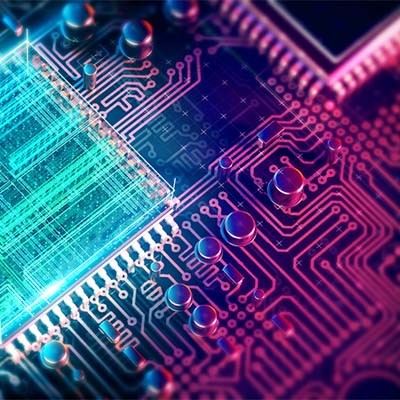Directive Blogs
Tech Term: Motherboard
A computer is made up of many parts, one of which is today’s Tech Term: the motherboard. We’ll discuss what the motherboard does for your computer and why it’s such an important part for its continued operation.
What the Motherboard Does
You can think of the motherboard as the computer’s internal control center. It acts as a communications hub for your device. The motherboard is the central circuit board that the rest of your device’s components connect to and share data with. In other words, the motherboard is the device that allows the computer to do its job. Without a motherboard, a computer isn’t really a computer at all.
When the computer boots up, the motherboard will be the first part to receive power. Once it’s booted up, the motherboard will power other components that will then activate the other parts of your PC.
Parts of the Motherboard
There are several parts of a motherboard that are all needed in order for it to function as intended. Depending on the model, however, it will look a bit different and have a different form factor, or specifications. Still, all motherboards will generally have these basic components:
- Chipset: The chipset is the device that allows data to transfer and flow to other components through the motherboard. The chipset is split into the Northbridge and the Southbridge. In short, it allows for communication between the various components of the motherboard.
- CPU: The CPU, or central processing unit, is the part that transfers data from the Northbridge to all of the different parts of the computer. A more powerful CPU will allow for a faster and better experience.
- Slots: A motherboard’s slots are used to hold together the various parts of it. Here are some of the pieces:
- Random Access Memory, or RAM
- PCI(e), which connects to expansion cards, like video, network, or sound cards
- SATA, which connect to storage drives like HDD and SSD
Do you understand how the motherboard works better? Do you have any other suggestions for tech terms in the future? Let us know in the comments.


